Summer is not the most interesting time of year in the bonsai calendar. The trees rarely look their best, and it’s too hot for them to grow much. They do, however, require a lot of water this time of year.
We essentially had our entire summer last week – 4 days over 90° F – and now it’s back to the more typically mild Bay Area weather. The hottest day reached almost 100° F – enough to stress any tree that’s not properly watered. When looking around my garden, I took note of a handful of trees that weren’t getting the water they needed. The solution – soji.
Bonsai apprentices in Japan hear a lot of this term. It refers to cleaning, commonly either the workshop or the surface of the soil. As organic fertilizer and akadama break down, the top layer of bonsai soil can become hard and prevent good drainage. By removing this layer of soil, we can greatly improve the drainage. And good drainage means we can keep trees happy when it gets hot.
Weeds are especially bad for bonsai. In addition to clogging the soil, they take up available water and leave less for the tree. They can also harbor insects. And if they are left to go to seed, you can look forward to never-ending weeding.

Too many weeds – time for soji!
One nice thing about working with such a thick carpet of weeds – they come up in tidy clumps.
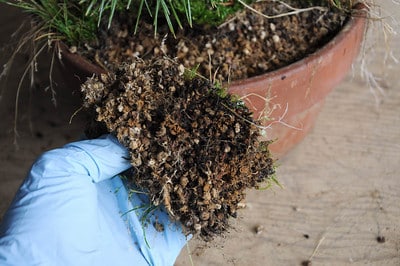
Removing a clump of weeds
Beneath the weeds, I found some moss growing on the trunk.
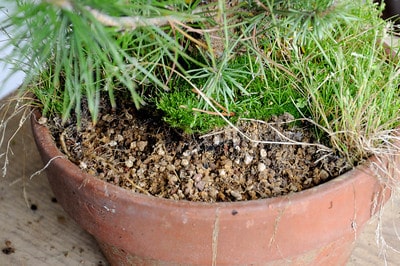
Moss growing on the trunk
There are a number of different kinds of moss. I think of them as falling into two categories when it comes to bonsai – good moss and bad moss. Bad moss grows up the trunk and can ruin bark over time.
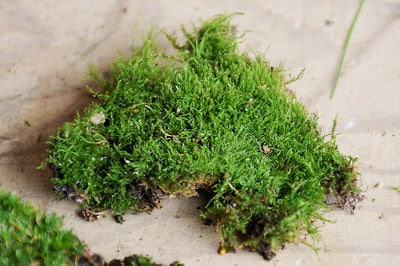
Bad moss
Good moss creeps along the surface of the soil but doesn’t typically travel up the trunk. It’s the kind of moss we use for bonsai exhibits.
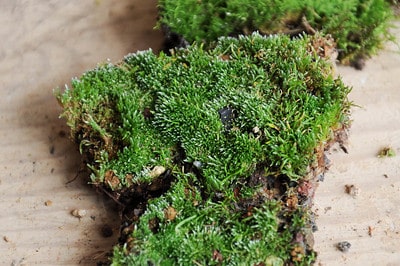
Good moss
I found some bad moss on these pines – I removed it with bent-nose tweezers.
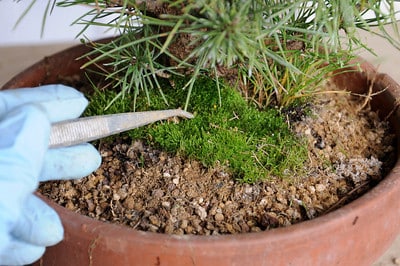
Removing bad moss
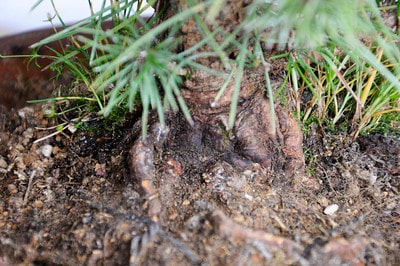
Bad moss removed
The most important part of soji is removing the top layer of bonsai soil. I use bent-nose tweezers and work away from the trunk. After removing the soil, a number of roots are left exposed. These can be removed with root scissors.
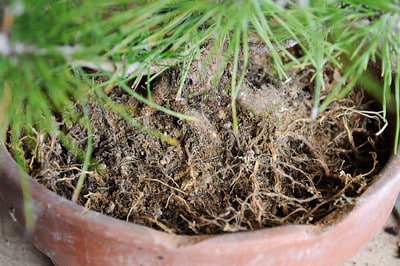
Roots exposed after removing soil
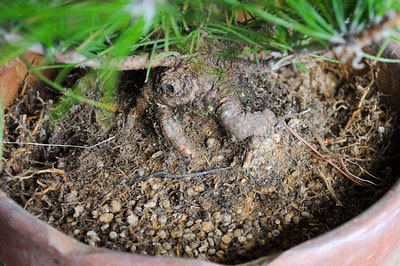
After trimming the exposed roots
Knowing that these trees hadn’t been repotted in a while and that the drainage was poor, I created a few holes in the rootball with a chopstick. This will help water get to the center of the rootball and help keep the tree healthy until repotting time.
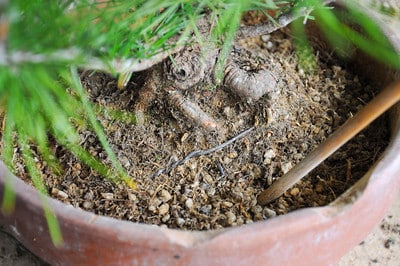
Using a chopstick to improve drainage
The final step before watering is replacing the old soil with fresh soil. Even if the soil below is hard, dry, and compact, the fresh, top layer allows water to pass through to where it can slowly work its way into the old soil below.
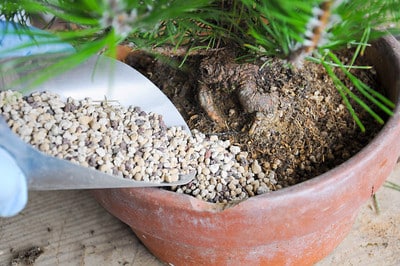
Adding fresh bonsai soil
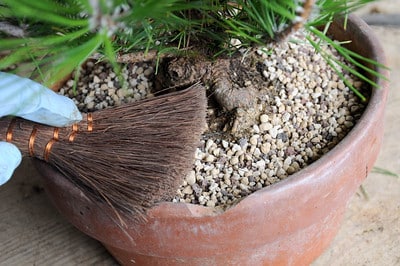
Tidying up the new soil with a small broom
Of course, I also took some time to consider the trees themselves after finishing the soji. These trees had a number of old needles. I removed these to expose the interior buds to more light and air.
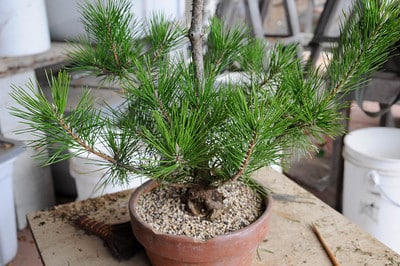
Tree with old needles
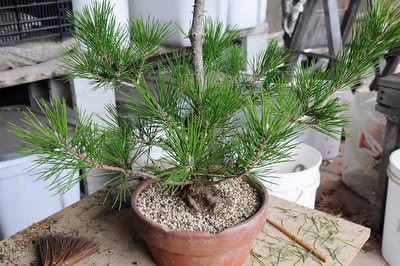
After removing old needles
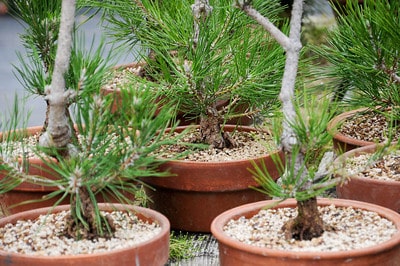
Happy trees
And after a week’s worth of clean up, I now only have a few more to go.
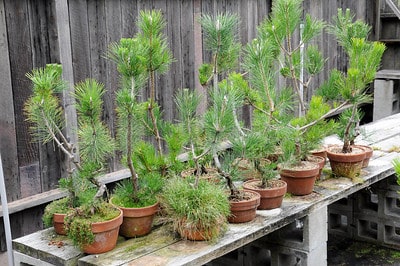
6 year-old Japanese black pines
Once I’m done, it’s back to watering and fertilizing until fall – when the real pine work begins.
Subscribe to Bonsai Tonight
New Posts Delivered Every Tuesday and Friday
Zack Clayton says
I notice the expanse of bare trunk above the focus of the pictures. I assume this is the sacrifice “branch” that is thickening the trunk for these developing pines. It is nice to see this documented as so often I hear advice to prune back to what you will be developing. I have always used sacrifice branches, but had not thought of purposefully leaving the trunk on to thicken the base. Nice photoblog and information.
xwires says
Zack – thanks for the note. Your assumption is right on – letting the top part of the trunk “run” is the best way to make the lower part of the tree bigger. Only when the trunk reaches the desired size do I remove the escape branches and really focus on ramification. Over time I’ll replace the bit that grows long to improve taper and create movement – more on that in future posts.